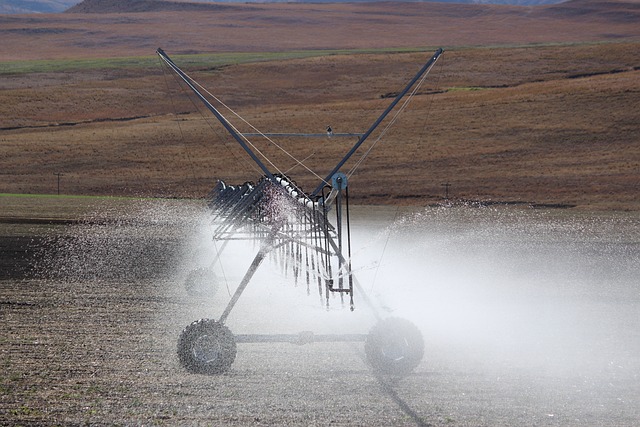Exploring Sustainable Irrigation Techniques to Combat Desertification in the Face of Climate Change
The world is at a turning point as we grapple with the realities of climate change and its far-reaching effects, particularly in arid and semi-arid regions where desertification is becoming increasingly rampant. Our environment, once teeming with life, is slowly being choked by dry landscapes and barren fields. In this ever-evolving scenario, the need for sustainable solutions becomes paramount, making innovative irrigation techniques essential in the fight against desert encroachment.
Sustainable irrigation techniques represent a beacon of hope for farmers, communities, and ecosystems alike. These methods, designed to optimize water usage while maintaining soil health, resonate deeply with the urgent need to enhance agricultural productivity while respecting our planet’s boundaries. By implementing practices such as drip irrigation, rainwater harvesting, and soil moisture management, we can conserve precious water resources and rejuvenate the earth.
Understanding the Importance of Efficient Irrigation Techniques
Water scarcity is one of the most profound challenges linked to climate change. As temperatures soar and rainfall patterns become erratic, many regions are left vulnerable to drought conditions. This is particularly disheartening for farmers who depend on consistent water supplies to sustain their livelihood and produce food for communities. Efficient irrigation techniques can reduce water loss, improve the yield per drop, and ultimately promote resilience in agricultural practices.
Innovative Irrigation Solutions Making an Impact
Across the globe, innovative irrigation techniques are transforming the landscape of farming in areas affected by drought and desertification. For instance, drip irrigation delivers water directly to the root zone of plants through a network of tubing. This targeted approach minimizes evaporation and runoff, ensuring that each drop serves a purpose. Moreover, rainwater harvesting systems capture and store rainwater, providing an additional water source during dry spells.
Another promising method is the use of permaculture principles, which incorporate water-efficient practices into the design of agricultural systems. By understanding the natural landscape and working in harmony with it, we can enhance soil health while maximizing water retention. Techniques like contour farming and swales help manage water flow, significantly reducing erosion and improving land resilience.
A Collaborative Effort towards Change
Implementing these sustainable irrigation techniques is not solely the responsibility of individual farmers. It calls for a collaborative effort between governments, NGOs, and local communities. By investing in education, resources, and access to innovative technologies, we can empower agriculture to tackle climate challenges head-on. Policies promoting sustainable practices not only support farmers but also contribute to the long-term health of our environment.
As we delve into the complexities of climate change and desertification, it is crucial to recognize the role that effective irrigation techniques play in preventing further degradation of our planet. Each small step we take toward sustainable practices has the potential to leave a lasting impact on our environment, fostering a climate of collaboration and hope for future generations.
In this journey, we must continue to innovate and adapt, holding on to the belief that through sustainable irrigation practices, we can turn the tide against desertification, gradually restoring balance to our precious ecosystems.


